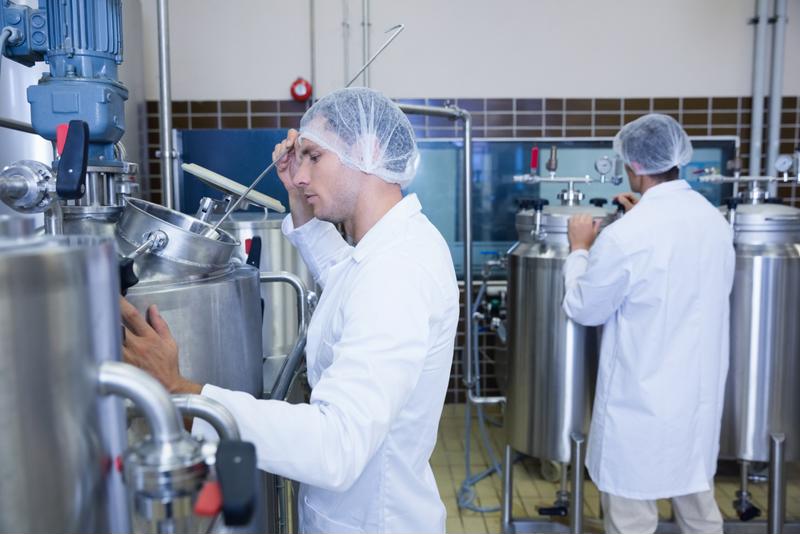Pop-up restaurants bring great food to unusual locations and at unexpected times. If you graduate from an accredited online culinary institute, you may want to take advantage of the flexibility and excitement afforded by stepping outside the traditional restaurant model. While these events can attract crowds of food-lovers for highly memorable meals, not all pop-ups are created equal. Here are four tips to organize a short-term establishment that will get people talking:
1. Set realistic goals
Before you start planning your pop-up, you need a clear sense of what you hope to accomplish. You may consider such an event as a way to promote your own restaurant or experiment with different ways of preparing and serving food. Perhaps you just want to offer a particular style of cooking to an audience who would not try it otherwise. You may also want to attract investors for a new permanent venture.
“Have a clear sense of what you hope to accomplish.”
Chef Samuel Monsour of Preux and Proper, who has also cooked at Los Angeles pop-ups, discussed the lessons from his experiences with Eventbrite He emphasized that new attempts at these temporary establishments are unlikely to be immediately profitable. Aim to break even at first while experimenting with dishes, presentation and service. Be prepared to shift prices as necessary depending on sales and responses from patrons.
2. Have a strong concept
Tie your event together with a meaningful idea. When you develop a cohesive theme for the restaurant tied to a specific culinary tradition or ingredient, you narrow down the menu and give the project a sense of purpose. As Serious Eats pointed out, successful restaurateurs like Will Gilson and Aaron Cohen of Boston’s Eat consider each pop-up an expression of a unified overall identity.
A good concept can also rein in chefs who are tempted to combine too many tastes in a single item, leaving it overflowing with ingredients. While the liberty to try new things is a major advantage of the pop-up model, Bon Appetit warned that chefs must be careful not to get carried away. Seek feedback from others so you can avoid excesses that result in less effective dishes.
3. Forge intriguing partnerships
One way to develop your concept and attract interest in your pop-up is by working with another business. These collaborations can take many forms, such as developing a special menu to pair with beers from a local brewery. The National Restaurant Association suggested making appearances in other locations at times when your restaurant is normally closed or teaming with other businesses for neighborhood events.
Some chefs embark on less conventional arrangements. In April 2016, Food & Wine reported that Grant Achatz, who cooks at Alinea in Chicago, and his partner Nick Kokonas joined with visual artist Adam Siegel on a project called The Progression. They arranged a surreal series of experiences involving food, paintings and an insistence that diners remain silent while enjoying their meals.
 A location such as a brewery can be perfect for a pop-up restaurant.
A location such as a brewery can be perfect for a pop-up restaurant.4. Don’t expect perfection
Traditional restaurants rely on experienced kitchen and front-of-house workers following established workflows and daily routines. When everyone plays their part, the business produces consistent meals and keeps errors minimal. A chef gets to know his or her usual staff, equipment and ingredients extremely well, making even the preparation of specials that shift daily a seamless process.
On the other hand, the improvised nature of the pop-up restaurant can mean that it’s very difficult to get every dish exactly right. Though skilled chefs maintain high standards no matter their situation, they are more likely to make mistakes in both planning and preparing items when working in a new place or with an entirely new menu. Speaking to Eater, the Chicago-based BellyQ chef Bill Kim suggested that the fun and social dimension of the pop-up can often make up for some slight flaws in the food itself.
“It’s never going to be perfect or a four-star dining experience,” he said. “It’s the idea of it – the exchange and the desire of chefs to interact – that is nice.”
Eating in a restaurant is always about the combination of location, service and presentation, as well as the meal itself. Bringing elements of surprise and uncertainty to a meal can make eating out more exciting for many food enthusiasts. Pop-up restaurants have proven successful because they bring novelty, as chefs turn their culinary academy skills to preparing unusual dishes and adapting to unfamiliar surroundings.


